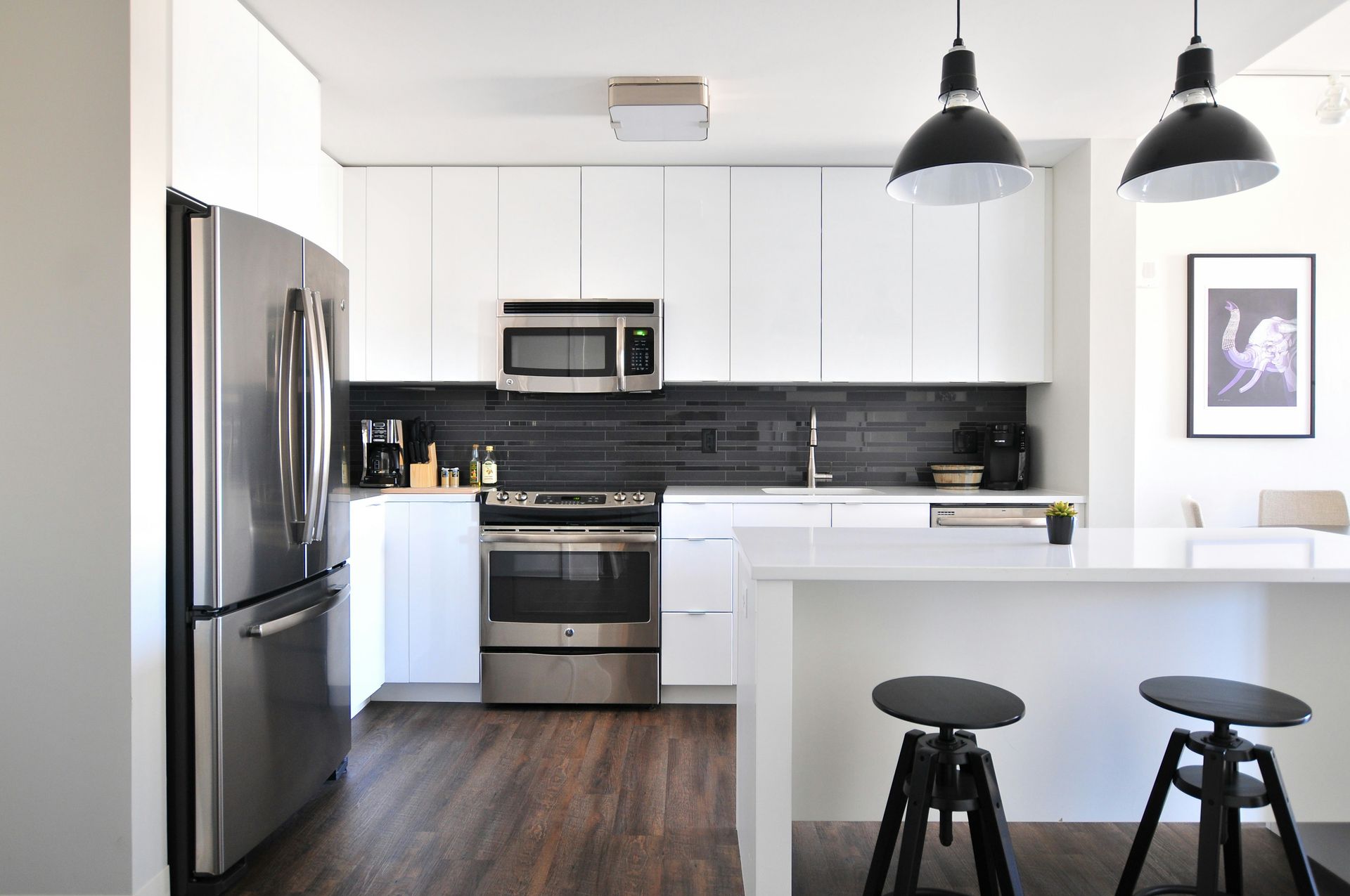The kitchen is the heart of the home, but have you ever felt like you’re doing a mini-marathon just to prepare a meal? This is exactly what the kitchen work triangle aims to solve. But does this decades-old design principle still hold up in today’s kitchens, or is it time to rethink the way we organize our cooking space?
What is the Kitchen Work Triangle?
The kitchen work triangle is a design concept that originated in the 1940s, aiming to improve kitchen efficiency by arranging three key workstations—the refrigerator (storage), sink (cleaning and prep), and stove (cooking)—in a triangular layout. The idea is that by keeping these three points within an optimal distance of each other, movement is minimized, making cooking more efficient.
The Case for the Kitchen Work Triangle
For decades, the kitchen work triangle has been a tried-and-true method for organizing kitchen layouts. Here’s why it still works:
Efficiency – Less walking means faster meal prep, making cooking more convenient.
Better workflow – Keeping the core work areas within easy reach creates a natural flow in the kitchen.
Reduces fatigue – Less movement means less effort, which is especially important in busy households.
Improves safety – Placing the stove, sink, and fridge strategically can minimize the risk of spills, burns, and accidents.
Many homeowners and designers still swear by this layout, especially for compact kitchens where space optimization is crucial.

The Case Against the Kitchen Work Triangle
While the work triangle made perfect sense in the 1940s, modern kitchens have evolved dramatically, and this once-revolutionary concept might not always be the best fit today. Here’s why:
- Kitchens are bigger and more open-plan – Today’s kitchens often feature open layouts that flow into dining or living areas, making a rigid triangle less practical.
- Dishwashers weren’t a thing in the 1940s – The work triangle doesn’t account for dishwashers, which have become a key part of the kitchen workflow.
- More appliances, more zones – Modern kitchens include coffee stations, microwaves, air fryers, and large islands, making a single work triangle too limiting.
- Multi-cook households – Many families have multiple people using the kitchen at once, requiring work zones rather than a fixed triangle.
- Storage isn’t factored in – The work triangle focuses on movement between three key areas but ignores crucial factors like pantry access and storage efficiency.
So, Is the Kitchen Work Triangle Outdated?
The answer depends on your kitchen size, cooking habits, and household needs.
- If you have a smaller kitchen, the work triangle can still be highly effective, reducing unnecessary movement and making the space more functional.
- If you have a larger or open-plan kitchen, a more flexible work zone approach—dividing the kitchen into prep, cooking, cleaning, and serving areas—might work better.
- If you frequently cook with others, designing multiple prep and cooking zones may be more practical than a rigid triangle setup.
The Verdict
While the kitchen work triangle is still a useful guideline, it’s not a one-size-fits-all solution. Instead of following it rigidly, modern kitchen design should focus on efficiency, flexibility, and personal cooking habits. A hybrid approach—incorporating elements of the work triangle while also considering storage, additional appliances, and household needs—might be the best solution.
Planning Your Kitchen Layout?
If you're designing or renovating your kitchen, the key takeaway is to focus on what works best for your lifestyle. Whether you stick to the classic work triangle or embrace a more modern work zone layout, a well-thought-out design is what truly makes a kitchen functional.
Need expert guidance? DB Studio specializes in kitchen renovations that blend efficiency with modern aesthetics. Let’s create a space that works for you!